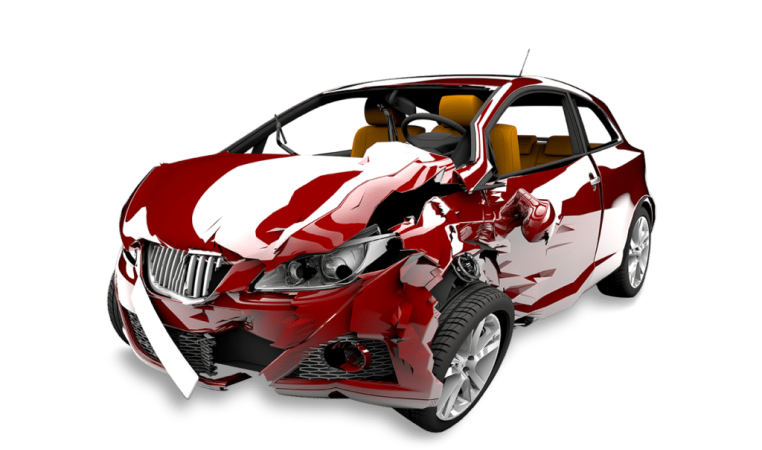It appears you've taken a wrong turn...
Floor Mats
An auto collision is a jarring experience for anyone, but after the initial shock subsides and everyone is safe, one of the first questions that come to mind is, “What happens to my car now?” The journey of a car post-collision can be intricate, involving a series of evaluations, repairs, and decisions. Let’s break down the typical process.


WE MAKE FANS OUT OF OUR CUSTOMERS
1. Immediate Aftermath
- Safety First: Ensure all parties are safe. Once confirmed, move the vehicle to a safe location, if possible.
- Report: Call the police to report the incident. Depending on jurisdiction and severity, they may or may not arrive on the scene.
- Documentation: Document the scene – take photos, gather witness information, and exchange details with any other parties involved.
2. Towing & Storage
- If the vehicle isn’t drivable or is unsafe, it’ll be towed to either a collision center or a storage facility until decisions are made regarding repairs.
3. Insurance Assessment
- Claim Initiation: Notify your insurance company about the collision.
- Adjuster’s Visit: The insurance adjuster assesses the damage to determine repair costs and whether it’s more economical to repair the car or declare it a total loss.
4. Repair Phase
- Choosing a Repair Facility: Some insurers might suggest preferred repair facilities, but it’s usually your right to choose where you’d like repairs done.
- Estimation: The repair facility provides an estimate of the repair costs. This might include parts, labor, and paint work.
- Repair Work: Once approved, technicians work to restore the vehicle. This can involve mechanical repairs, body work, and paint jobs.
- Quality Check: Post-repair, a quality control process ensures everything functions correctly and the appearance is pristine.
5. Total Loss Scenario
- If repair costs exceed a certain percentage of the car’s value (usually between 70% and 80%), the insurer might declare it a total loss.
- The insurance company will pay the owner the determined value of the car before the accident, minus any deductible.
- The title of the car then becomes a “salvage title”, and the vehicle might be sold at a salvage auction.
6. Post-Repair Phase
- Collection: Once repairs are complete, the owner is notified to collect their vehicle.
- Payment: Depending on the insurance policy, the vehicle owner might need to pay a deductible or any additional services not covered.
7. Recovery & Rights
- Diminished Value Claim: Post-collision, a car might lose market value even after repairs. Owners can sometimes claim this loss in value from the insurance company.
- Post-Repair Warranty: Most reputable repair facilities offer warranties on their work, providing peace of mind to vehicle owners.
Conclusion
A car’s journey post-collision is multi-faceted, involving various experts, from tow truck operators to skilled technicians. Throughout the process, the primary goal remains the same: to ensure the vehicle returns to its pre-collision state or to provide fair compensation if that’s not feasible. Always stay informed, know your rights, and ensure you’re working with trustworthy professionals during this challenging time.


